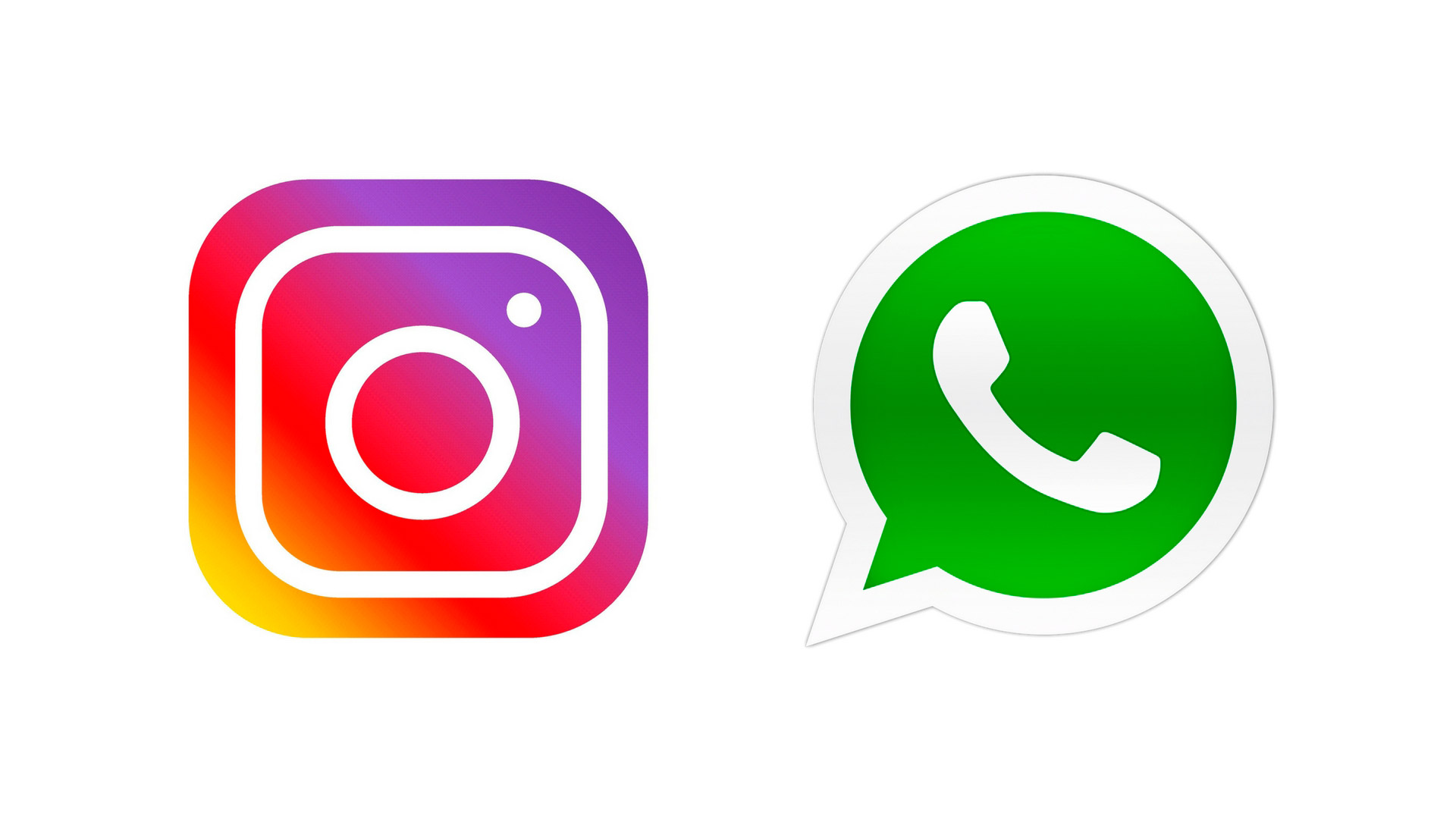In the modern world of social media, Instagram has become one of the most popular platforms for promoting brands and products. It allows companies to reach a wide audience and directly engage with potential customers. Advertising with bloggers on this platform has become an integral part of many companies' marketing strategies, as bloggers have direct access to their followers, who often view their opinions as recommendations from friends.
However, selecting and ordering advertising from bloggers requires careful consideration and an understanding of the fundamental principles. Approaching this issue without due consideration can result in wasted time and resources and failure to achieve the desired results.
In this article, we'll explore practical recommendations for selecting and ordering advertising from Instagram bloggers to help you achieve maximum effectiveness from your advertising campaign.
Define your target audience
Understanding your target audience is a key step when choosing influencers for your Instagram advertising campaign. Here are some additional tips and examples:
Psychographic characteristics: It's important to consider not only demographic data such as age and gender, but also analyze the interests, values, and lifestyle of your target audience. For example, if your target audience consists of young mothers, bloggers focusing on parenting, healthy lifestyles, and family values may be the most suitable partners for your advertising campaign.
Audience reach and engagement: In addition to a blogger's number of followers, pay attention to their audience's engagement and activity level. A high level of comments, likes, and reposts indicates that the blogger has an active and engaged audience.

Content and brand alignment: Pay attention to the content the blogger creates and make sure it aligns with your brand and values. For example, if your brand is skincare-related, choosing a blogger who regularly discusses cosmetics and beauty might be a logical choice.
Example: Let's say you sell eco-friendly home goods. After analyzing blogger profiles, you've determined that a middle-aged blogger who actively discusses sustainable consumption, eco-friendly products, and environmental care in her posts has a following that largely matches your target audience. Such a blogger could be an excellent choice for your advertising campaign.
When choosing influencers for advertising, remember that audience quality and alignment with your goals are more important than follower count. Careful analysis and selection will help you achieve maximum effectiveness from your Instagram advertising campaign.
Evaluate the blogger's popularity and engagement
When choosing a blogger for your advertising campaign, it's important to evaluate not only their total number of followers but also their engagement level and audience activity. Here are some additional tips and examples:
Comments and feedback: Check how actively the blogger interacts with their audience. High-quality comments and discussions under their posts can indicate they have loyal and engaged followers. Replies to comments and questions can also be an indicator of engagement.
Likes and reposts: Evaluate the number of likes and reposts on a blogger's posts. If their content elicits active audience reactions, this can be a good indicator of interest in their material.

Statistics analysis: Some bloggers provide access to their profile analytics, where you can see data on audience engagement, subscriber demographics, and other useful metrics. Use this information when making your decision.
Example: Let's consider two bloggers: Anna and Maria. Anna has 100,000 followers, but each of her posts receives around 200-300 likes and few comments. Maria has only 50,000 followers, but her posts average 1,000 likes and numerous comments with questions and feedback. In this case, Maria, despite her smaller following, may be a more effective partner for your advertising campaign due to her more active and engaged audience.
When choosing a blogger to collaborate with, remember that the quality of their audience's interaction with their content may be more important than the total number of subscribers.
Check the blogger's authenticity
When choosing a blogger to collaborate with, it's important to ensure their authenticity and alignment with your brand. Additional tips and examples may include:
View content and style: Study the blogger's profile, content, and style. Observe their post topics, language, and tone. Make sure their style aligns with your brand and expresses the same values you want to promote.
Past advertising publications: Review the blogger's previous promotional posts. Evaluate how they integrated advertising messages into their content, how natural they felt, and what kind of response they elicited from their audience. This will help you understand how successful a partnership with them could be for your brand.
Values and audience: Make sure the blogger's values and goals align with yours. If your brand emphasizes sustainability or social responsibility, a blogger who actively supports these ideas may be an ideal partner.
Example: Let's say your brand produces organic skincare products, and your target audience is people who value naturalness and health. When choosing a blogger for a promotional campaign, you chose Anna, who frequently discusses eco-friendly living, organic products, and skincare on her profile. Her authentic approach and values around health and sustainability make her a great choice for your brand.
When assessing a blogger's authenticity, it's important to remember that their image and interaction with their audience should be consistent with your brand goals and values.
Agree on the terms of cooperation
After selecting a blogger to collaborate with, it's important to carefully negotiate the terms of the collaboration. Here are some additional recommendations and examples:
Agreement structure: Develop a contract structure that includes all the important details of the partnership. Specify the advertising cost, clearly define the format and number of publications, and set deadlines for completion.
Content types: Discuss with the blogger various content formats that could be used as part of the advertising campaign. This could be a regular post, a story, a giveaway, a repost, etc. It's important to choose the format that best suits your product or service.
Expected results: Discuss the expected results of the advertising campaign with the blogger in advance. Clarify key success metrics, such as click-through rates, audience engagement, conversion, etc. This will help both parties understand how the effectiveness of the collaboration will be measured.
Example: Let's say you're promoting your natural cosmetics line and have chosen blogger Marina to collaborate with. Before the campaign begins, you discuss the terms of the partnership with Marina: she agrees to create three posts for her feed and stories featuring your products for a certain fee. You also agree that each post will contain a unique promo code for her followers, offering an additional discount on the purchase of the products.
Agreeing on the terms of cooperation in advance helps avoid misunderstandings and conflicts in the future, and also ensures the effective implementation of an advertising campaign on the blogger's platform.
Evaluate results and analyze effectiveness
After completing an advertising campaign, it's important to analyze the results to assess its effectiveness and learn lessons for future projects. Here are some additional tips and examples:
Metrics analysis: Evaluate key performance metrics for your advertising campaign, such as audience engagement (number of likes, comments, reposts), number of clicks, conversion (number of completed actions, such as purchases), customer acquisition cost, etc.
Comparison with goals: Compare the results you've achieved with the goals you set before starting the campaign. Evaluate how successfully you've achieved your goals and objectives. If the results don't meet expectations, analyze the reasons and identify potential improvements for the future.
Feedback from the blogger: Discuss the campaign with the blogger you collaborated with and get their feedback on it. Get their feedback on what worked well, what could be improved, and what aspects should be considered in future projects.
Example: Let's say you ran an advertising campaign with blogger Nikita to promote your new clothing collection. After the campaign, you analyzed the metrics and discovered that the number of visits to your website had doubled, and the conversion rate had also increased by 30%. You discussed the results with Nikita and discovered that his Stories, where he showcased your clothes in everyday looks, were particularly effective.
Analyzing the results of an advertising campaign allows you to determine its success and identify areas for future improvement. This is an important step that will help your brand grow and improve the effectiveness of its marketing strategies.
Selecting and booking Instagram ads is an important step in promoting your brand or product on social media. This process requires not only financial investment but also time for analysis and informed decision-making.
By following our practical recommendations, you'll be able to make the right choice of blogger and achieve maximum effectiveness from your Instagram advertising campaign. Consider all aspects, from defining your target audience and analyzing the blogger's popularity to agreeing on the terms of cooperation and analyzing the results.
Remember that successful collaboration with influencers on Instagram can significantly increase your brand awareness, attract new customers, and strengthen your company's image. However, it's also important to constantly evolve and adapt your strategy to changing trends and the needs of your audience.







